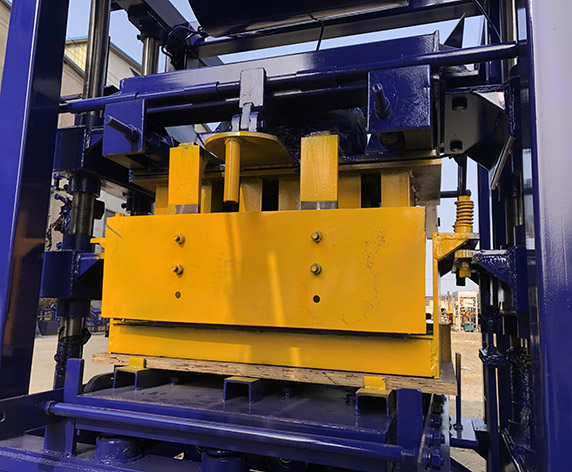
Image source:Aiwei block machine
Introduction
Brick making machines have transcended their utilitarian purpose to become more than mere tools of construction; they now hold cultural significance by bridging the gap between heritage and modernity. As societies evolve, the preservation of cultural heritage becomes crucial, and brick making machines offer a unique avenue for maintaining traditional craftsmanship while embracing technological advancements. This article delves into the profound cultural implications of brick making machines, highlighting their role in preserving heritage, fostering artisanal skills, and shaping a harmonious blend of tradition and innovation.
1. The Intricacies of Cultural Heritage
Cultural heritage encompasses the tangible and intangible elements that define a society’s identity, values, and history.
- Architectural Legacy: Buildings, monuments, and structures reflect a culture’s architectural achievements and craftsmanship.
- Traditional Craftsmanship: Craft skills passed down through generations capture the essence of cultural identity.
2. The Role of Brick Making in Cultural Heritage
Bricks have been integral to architectural heritage across civilizations, shaping the built environment of various cultures.
- Historical Roots: Ancient civilizations used brick-making techniques to create iconic structures that still stand today.
- Architectural Expression: Unique brick patterns, designs, and materials reflect the cultural nuances of different societies.
3. The Transition to Mechanized Brick Making
Mechanized brick making introduces a shift in the way bricks are produced, raising questions about its impact on cultural heritage.
- Preservation Concerns: Mechanization can challenge the authenticity of traditional craftsmanship in brick production.
- Adapting Traditions: Integrating machine production with traditional techniques can lead to innovative forms of cultural expression.
4. Heritage Preservation and Innovation
Brick making machines offer a pathway to balance heritage preservation and technological progress.
- Replication of Heritage: Machines can replicate traditional designs, enabling the restoration of historic buildings.
- Incorporating Heritage: Design adaptations allow for the integration of heritage motifs into modern structures.
5. Fostering Artisanal Skills
Mechanized brick making need not undermine the skills of traditional craftsmen; instead, it can preserve and enhance their expertise.
- Skill Transmission: Traditional artisans can adapt their skills to operate and maintain brick making machines.
- Innovation through Tradition: Artisans infuse traditional techniques with modern methods, creating unique artistic expressions.
6. Architectural Continuity
Brick making machines contribute to the continuity of architectural styles and elements across generations.
- Maintaining Aesthetics: Replication of traditional bricks ensures architectural aesthetics remain consistent.
- Cultural Identity: Buildings constructed with locally produced bricks maintain cultural identity in contemporary contexts.
7. Reviving Traditional Designs
Mechanized brick making encourages the revival of traditional designs that may have faded over time.
- Historical Accuracy: Machines can produce bricks that adhere to historical design patterns for restoration projects.
- Cultural Revival: Revived traditional designs can inspire a renewed interest in cultural heritage.
8. Sustaining Craftsmanship
The integration of brick making machines can foster sustainable preservation of artisanal skills.
- Modern Apprenticeships: Young craftsmen can learn to operate and maintain machines, securing their futures.
- Economic Viability: The combination of craftsmanship and machine efficiency ensures sustainable livelihoods.
9. A Balancing Act: Tradition and Innovation
Striking a balance between tradition and innovation is essential for cultural preservation.
- Design Innovation: Machines can create intricate and novel designs inspired by traditional motifs.
- Authenticity: Cultural heritage can be preserved without compromising the authenticity of craftsmanship.
Conclusion: A Harmonious Coexistence
Brick making machines symbolize the harmony between heritage and progress, exemplifying the potential for tradition and innovation to coexist. Through careful adaptation, skill transfer, and a conscious effort to maintain cultural aesthetics, these machines contribute to the preservation of cultural heritage while embracing the efficiencies of modern technology. The cultural significance of brick making machines demonstrates that the past and the future need not be at odds; instead, they can come together to enrich the architectural tapestry of societies and celebrate their multifaceted identity.
